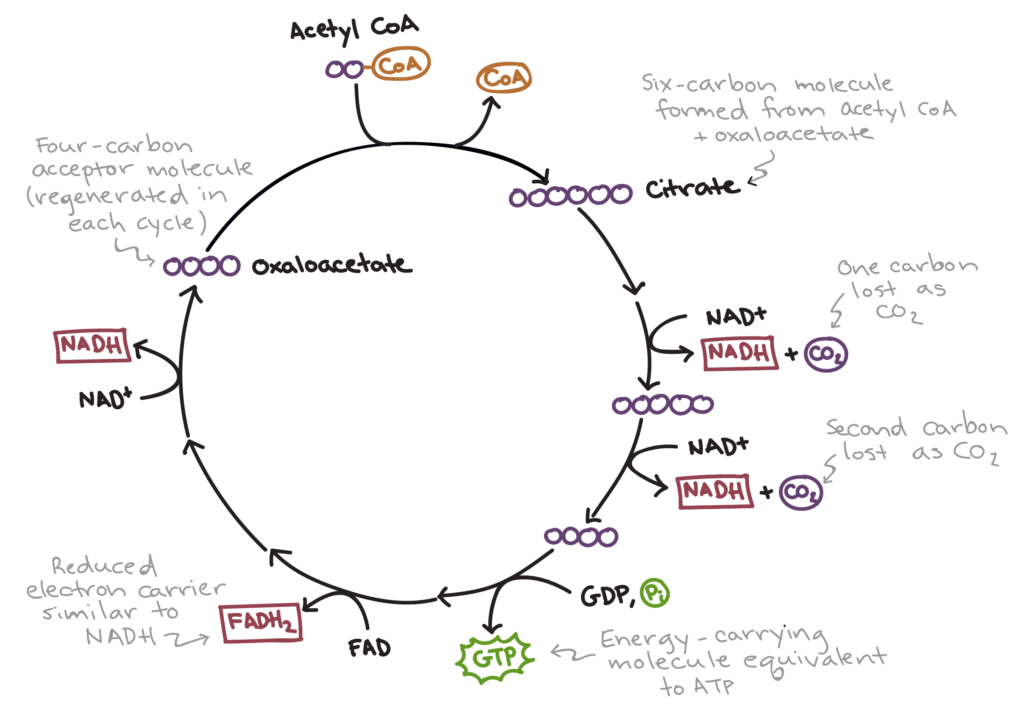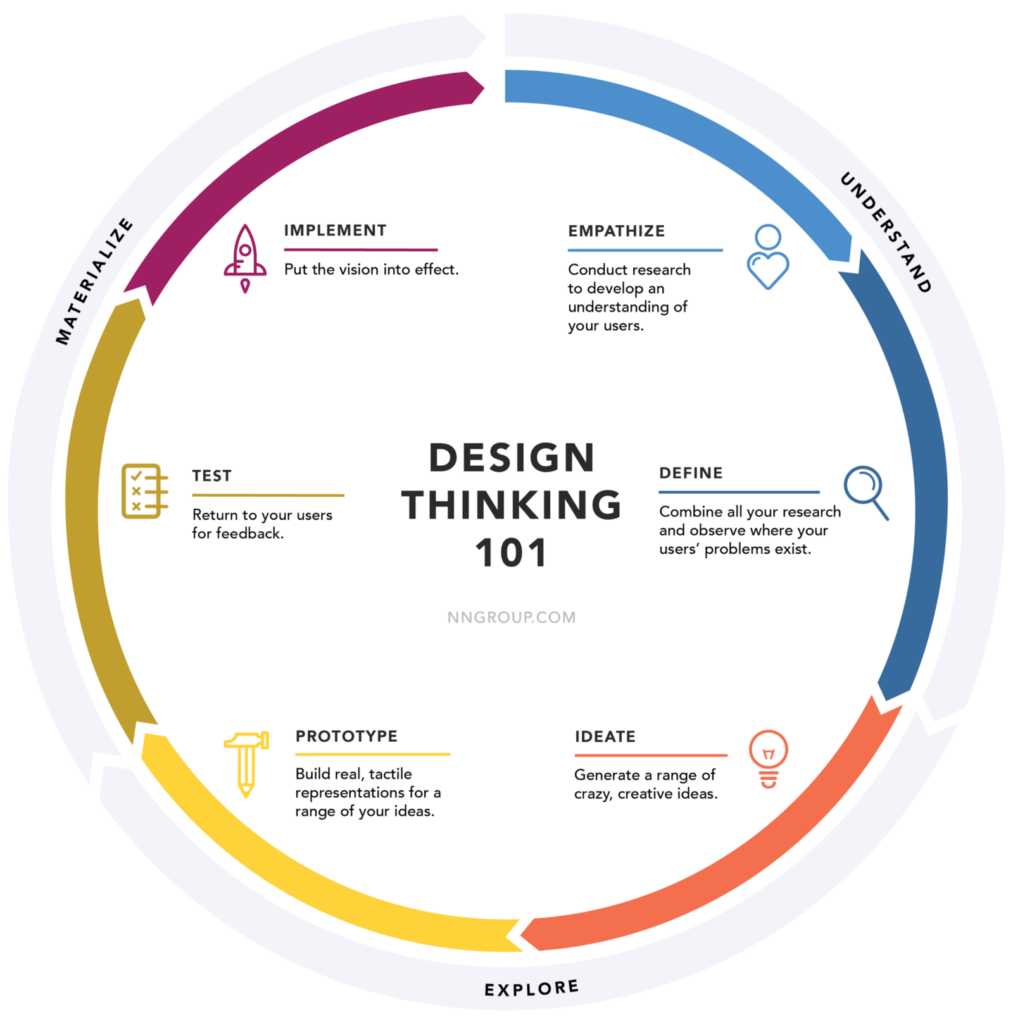According to Wikipedia, the reverse Krebs cycle (also known as the reverse tricarboxylic acid cycle) is a sequence of chemical reactions that are used by some bacteria to produce carbon compounds from carbon dioxide and water by the use of energy-rich reducing agents as electron donors.
Regardless of how you choose to call this cycle, it is the main engine of cellular respiration.
The tricarboxylic acid cycle is the center, where almost all metabolic pathways converge. Thus, the Krebs cycle is a common final pathway for the oxidation of acetyl groups (in the form of acetyl-CoA), into which most of the organic molecules that play the role of “cellular fuel” are converted during catabolism: carbohydrates, fatty acids and amino acids.
The tricarboxylic acid cycle is a closed cycle. The last stage of which transforms the molecule used in the first stage, if we calculate the total energy effect of glycolytic degradation of glucose and the subsequent oxidation of the two formed pyruvate molecules to CO2 and H2O, then it will turn out to be much greater. As well as the Design cycle starts from the Ideation and, passing all stages, finished with Definition. The cycle is closed system, so it can go on indefinitely.
In Design Thinking Cycle — the solution of the problem is divided into couple of steps, that are following each other, transforming and decaying into small and simple elements.
Six steps of the cycle are Ideate, Prototype, Test, Implement, Empathise and Define.
- Emphathise
At the first stage of the cycle, acetyl-CoA combines with a 4-carbon acceptor molecule, oxaloacetate, to form a 6-carbon molecule, — citrate.
I would say (if no one throws stones in me), that designer is always an empath. He is looking for the most comfortable solution. It’s easy to do projects that you understand. If you are into rap, making a rapper landing page is easy. But if a customer trades on a financial exchange, he will have to delve into his business, understand the processes and understand how he feels when communicating with people. So, designer is forming with a client mind, to form an overall idea of a project.
2. Define
After small transformations, this 6-carbon molecule enters into two successive similar reactions, as a result of each of which one carbon atom is split off (it is released in the form of a carbon dioxide molecule), while producing one molecule each time.
Organize the information you get through empathy, analyze the observations, and highlight the user’s key problems. The purpose of focusing is to formulate a question to which you will produce an answer in the next step.
3. Ideate
Once you’ve identified the user’s problem, come up with and work out non-standard solutions. Give up the critical thinking we are all so used to. Criticism can ruin a good idea. Write down everything, even the most delusional thoughts. Once the creative is over, pick out viable ideas and move on to the next stage. Idea, in this case, — is the enzyme(isocitrate dehydrogenase) plays a very important role in regulating the rate of the tricarboxylic acid cycle.
4. Prototype
Here the task is to test the performance of ideas in practice. It is enough to make a budget version or low fidelity prototype of the product with functions that will help solve the indicated problem.
Prototype, as the enzyme, responsible for this stage is built into the inner membrane of the mitochondria, due to which it can transfer its electrons directly into the electron transport chain.
5. Test
Pretty understandable, right? Either it works, either not. And we adding, involving more people to it, as chemistry adds water to the fumarate molecule, resulting in another 4-carbon molecule – malate.
6. Implement
At the last stage of the tricarboxylic acid cycle, oxidation of malate again yields oxaloacetate — the original 4-carbon molecule that entered the tricarboxylic acid cycle, but with bigger amount of energy. Our small thought is still the same, but it is a big working project in reality now!

